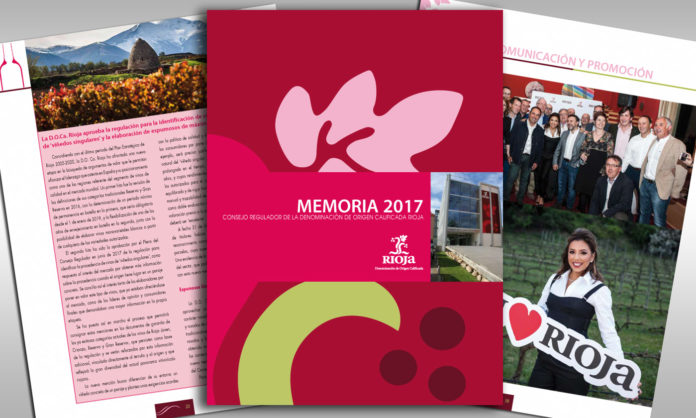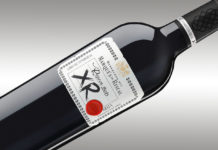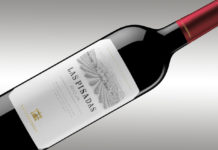A year marked by the April frost, the change of president and new indications for wines from unique terroirs, Viñedos Singulares, wines from specific zones and municipalities, and quality sparkling wines and a year when the basis was set for tackling the challenges of the future.
2017 was a year of intense changes for the DOCa Rioja and this is reflected in the Annual Report published by the Control Board.
The new president, Fernando Salamero, sees the year “with optimism, although it was a complex year, because we witnessed that Rioja has proved to be a unique, united, vibrant and dynamic brand, which has entered a new stage in the search for value arguments.”
After taking over from the grower José María Daroca, Salamero said that, in this new mandate, he faced “the challenge of completing the goals set out in the 2005-2020 Strategic Plan, which will allow Rioja to stand on the international scene as a benchmark region for its quality wines.”
Without forgetting that one of the most important events of 2017 was «the terrible frost of 28 April and the subsequent drought,” resulting in the shortest harvest in recent years, although of “memorable quality.” The president considers sales figures “satisfactory, thanks to a slight increase in the sales volume and the consolidation of growth in both exports and value achieved over the past two years.”
In his Report presentation, Fernando Salamero emphasizes that Rioja has “extended its current offering with new indications alongside traditional barrel ageing categories, the region’s main bulwark.” The new indications reconcile the interests of winemakers to showcase and certify wines that focus on their provenance and were already available on the market, as well as those of opinion leaders and end consumers who demanded more information on the actual label. “Immersed in this process of continuous improvement and faithful to our values (tradition, diversity and origin), we will continue advancing to set the foundations of the future of Rioja. We will always remain faithful to our principles over fashions and continue making our region what it is today: a leading, universal brand, present in more than 130 countries,” concludes Fernando Salamero.
The 80 page report provides comprehensive information on the current state of the Control Board and the activities it has carried out. It describes the composition and functioning of the institution’s management and control structures, a summary of the most important decisions made by the Plenary and details on the use of the financial resources that fund the Board. In a prominent position are the activities of the Administration Service and the Legal Service and the Control Department with regard to quality control, origin and ageing of wines, as well as a summary of the promotional activities carried out by the Control Board throughout the year and its institutional activity.
The report also includes information about the wine approval process and 2017 harvest production and winemaking figures, as well as the most significant details on vineyards, wineries, marketing, etc., all of which provides an overview of the progress of the DOCa Rioja in the last year and its current situation, making this compendium a useful reference work, available in PDF format on the official website of the Control Board.







